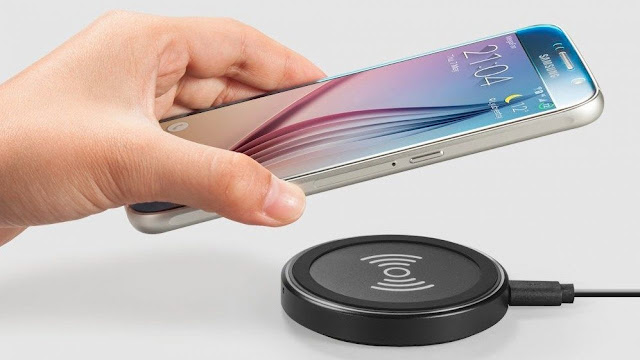Wireless charging is a convenient and eco-friendly way to charge mobile devices
Wireless charging is a technology
that allows electronic devices to be charged over short distances without
having to be plugged into a cable. The main advantage of this technology is
that it can save space, as a charging pad will not need to be placed in a
corner, allowing for more open space in the home or office.
It's also a safer and more
convenient option than having to plug the device into an electrical socket, and
the convenience of being able to use a phone or tablet while it's charging is
an added bonus. The most popular standard for wireless charging is the Qi
standard, which can be used to charge any device that supports the wireless
standard. This includes iPhones and Android phones, tablets, and even earbuds
and other wirelessly-charged audio devices.
The global
wireless charging market is estimated to account for US$ 4,500 Mn in 2021 and is expected to grow at a CAGR of 25.5% during the forecasted period (2022-2030)
Another important benefit of
wireless charging is that it's faster than traditional charging because there's
no need to plug in the charger or unplug it each time during the charging of
the device. As well as being faster and easier, this charging is more
environmentally friendly as it uses less power than traditional cable-based
charging methods. In addition, it can reduce damage to a device. When a battery
is constantly being recharged, the contacts inside can become filled with dust
and debris that can cause wear and tear. This can lead to the device being
damaged and eventually needing to be replaced. Other advantages include the
removal of the need for a charging cable, which reduces the amount of space a
device takes up in an office or warehouse.
In addition, the ability to move
around a room or space more freely can make working more productive, as it
eliminates the need to sit down and wait for the device to charge. There are a
number of different types of wireless
charging, with most being compatible with the Qi standard.




Comments
Post a Comment